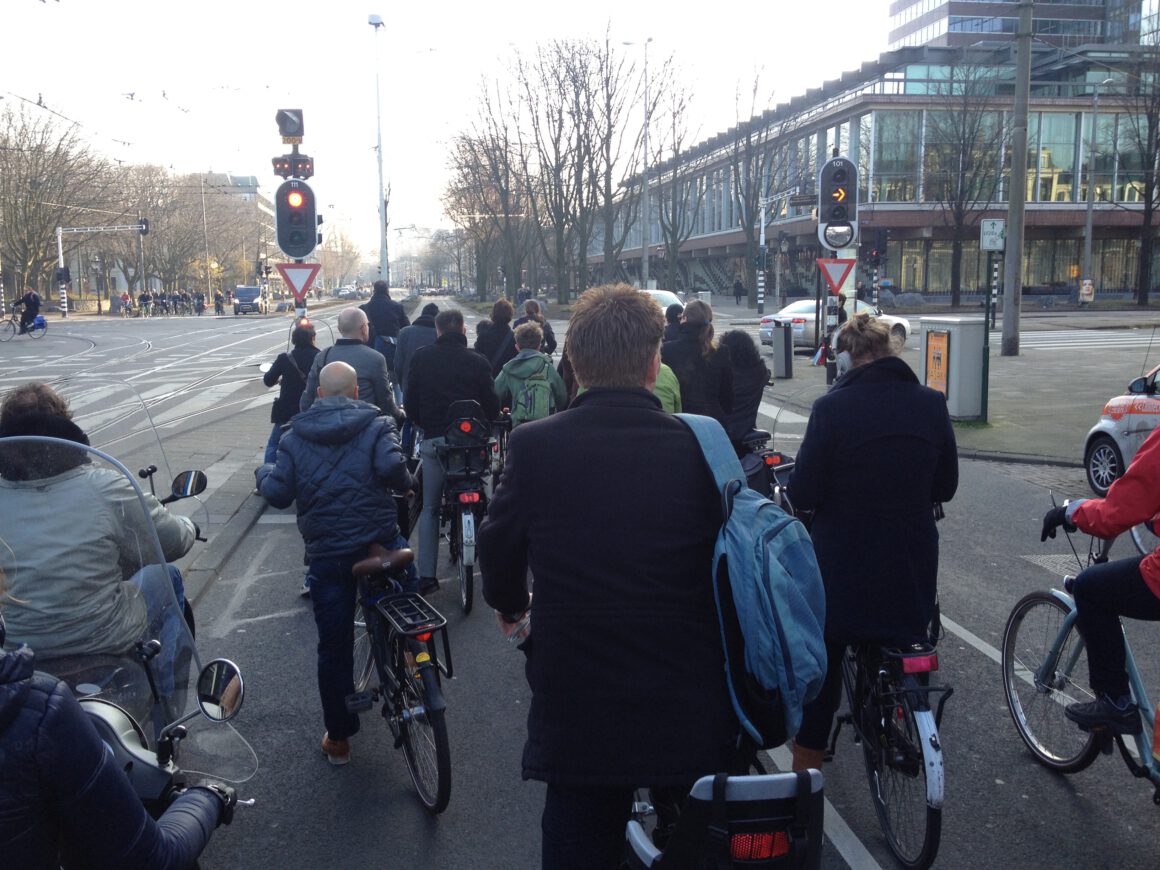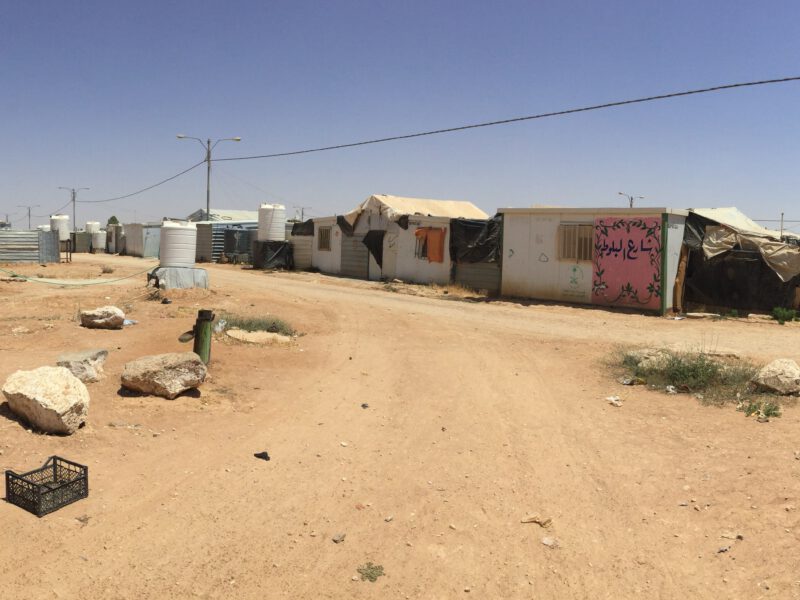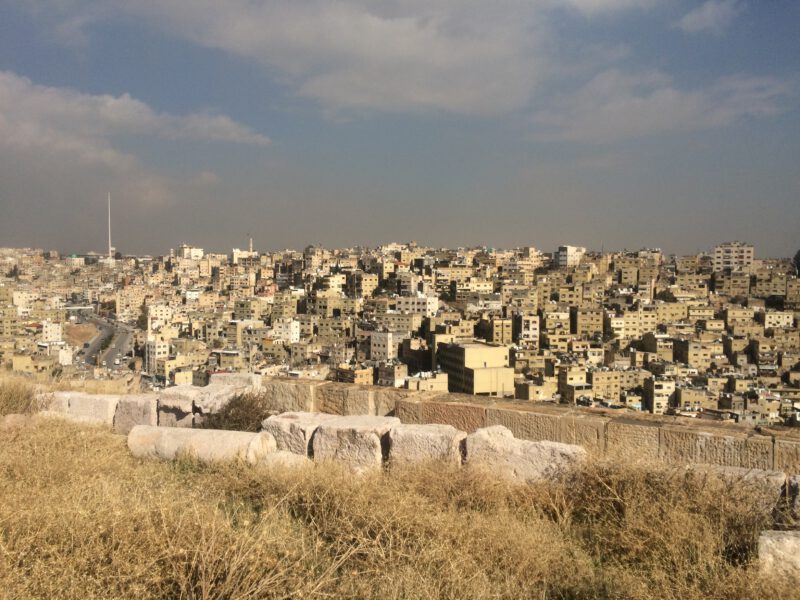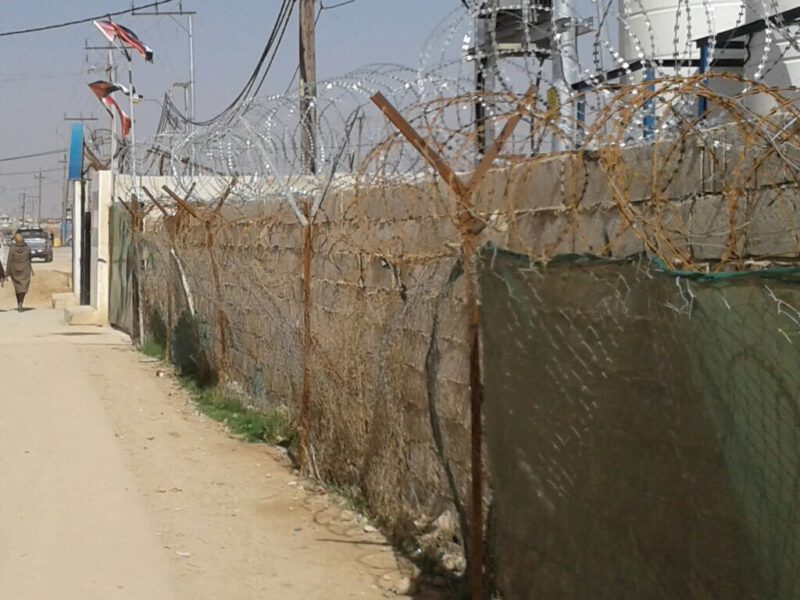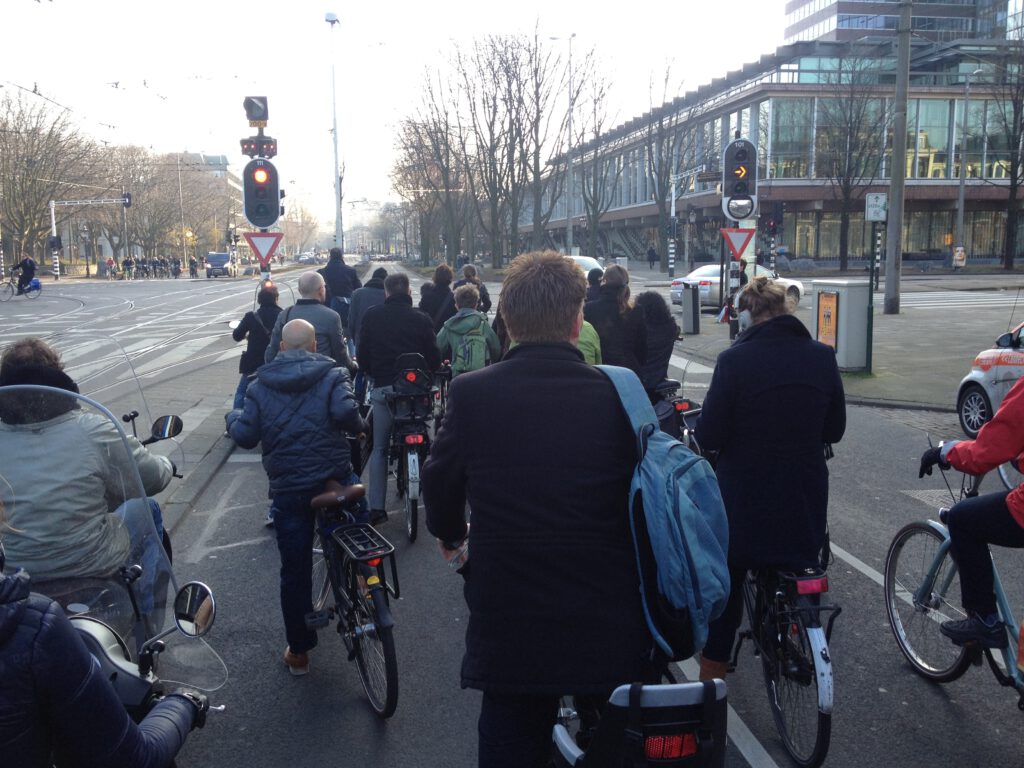 Transform cities Copenhagen and Amsterdam have a similar division of mobility. The division of mobility is called ?modal spit? and it is the division of people?s transportation by car, public transport, walking and cycling. What can we learn from the numbers if it comes to transforming mobility and what could it mean for the design of public urban space, if we want to change it for the better?
Transform cities Copenhagen and Amsterdam have a similar division of mobility. The division of mobility is called ?modal spit? and it is the division of people?s transportation by car, public transport, walking and cycling. What can we learn from the numbers if it comes to transforming mobility and what could it mean for the design of public urban space, if we want to change it for the better?
We all know it; the old cities of Copenhagen and Amsterdam are not designed for cars. Walking and cycling are more in tune with the fine urban structure. The cities are both very successful if it comes to banning cars. After decades of effective policy in building infrastructure for public transport, cycling and pedestrians and parking policy, these cities are more liveable, saver and people are healthier; due to their daily exercises.
Both cities want to be more sustainable. And it is necessary! Especially for Amsterdam because the city is used by so many people and cycle-jams are a new phenomenon. There is a growing fight between cars and cycles and since last summer a public debate is ignited about how to tackle the problems that comes with the overcrowded city. The Amsterdam newspaper Parool had some interesting articles about it.
The question is if there is enough space for cyclists and if it is possible to change it?
Let us first look to the numbers
Modal split of Copenhagen: Walking 26%, Cycling 32%, Public transport 14% and Cars 26%.
Modal split Amsterdam: Walking 28%, Cycling 31%, Public transport 15% and Cars 23%.
The Amsterdam city centre is proximally 800 ha; of which the public space for traffic is about 45 hectare. 25% of this space is assigned to pedestrians, 11% for cycling, 4% for tram lanes, 20% for cars and 40% for parking. (Source: Parool)
This does not match the modal spit numbers!
We all know cars take much more space than cycles but the difference is striking. If the city wants to take the next step in transforming the modal split, I would like to propose to double the space for cycling. If change and a fair division of space is wanted and needed, the city will have to drastically redesign public space: 22 % for cycling and reducing the space for cars at the same time by 11%.
I think it can be done and WOW, it would be an in interesting exercise!
A relief for all cyclists!
Improving sustainable transport!
Making the city safer and cleaner!
I wonder what the division of space is in Copenhagen. It always feels more comfortable and easy to cycle trough the city of Copenhagen compared to Amsterdam.
Also published on: UrbanTransform
